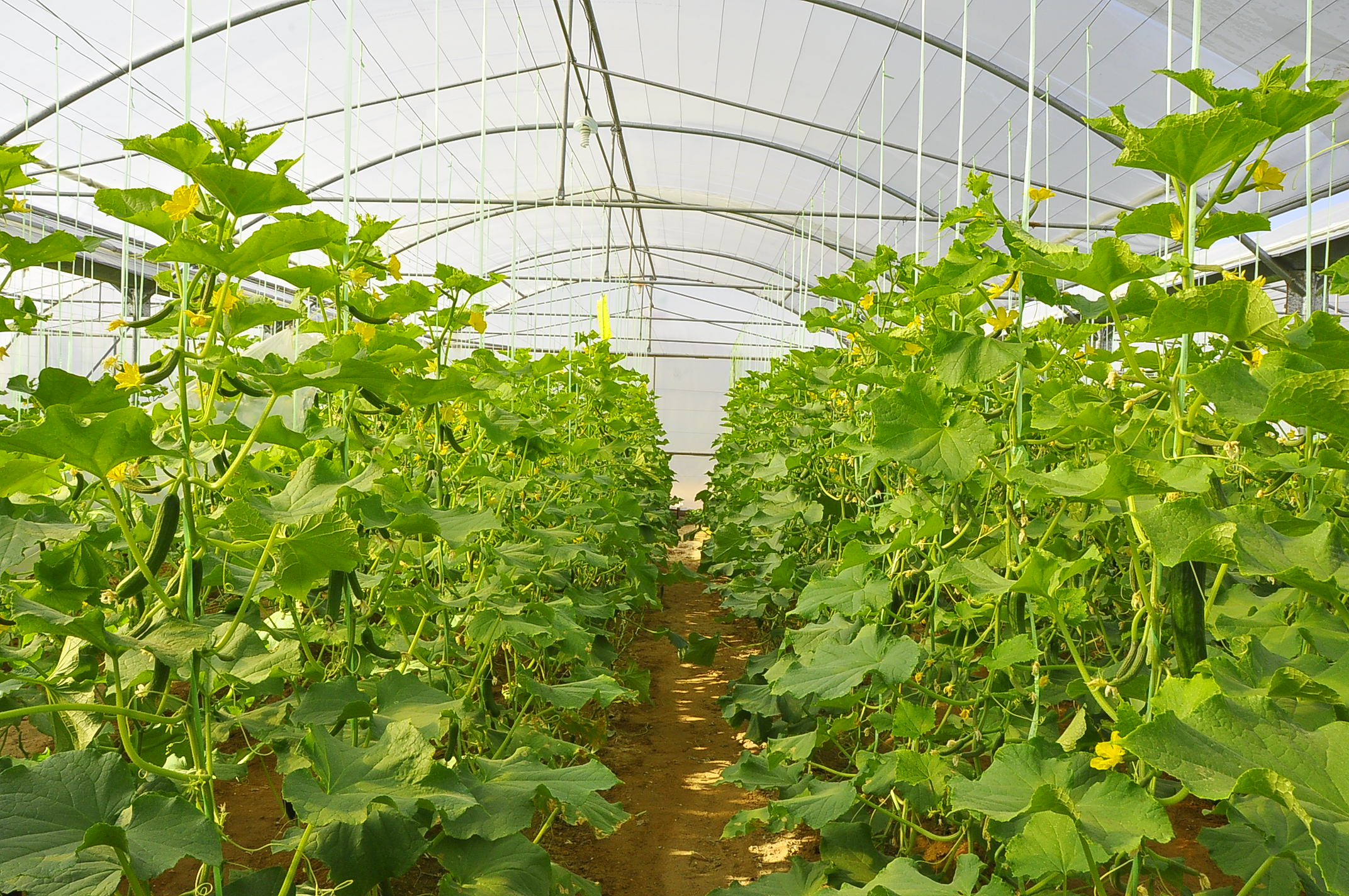Promoting development and creating jobs in rural areas are top priorities of the government of President Hassan Rouhani, as a solution to impede the rural residents’ migration to cities and increase their contribution to economic growth.
Accordingly, the government has been offering low-interest loans to residents of rural and deprived regions to encourage them to initiate new development projects.
Nematollah Rezaei, an official with the Presidential Office for Rural Development, said 120,000 billion rials ($3.13 billion) have been allocated in the current Iranian year (started March 2017) for the creation of new jobs in rural areas through low-interest loans.
According to the first vice-presidential deputy for rural development and deprived areas, Abolfazl Razavi, this has led to the creation of about 4,500 new sustainable jobs in rural areas in the past few months since the beginning of the year.
Speaking on the sidelines of a press conference held on Saturday, Razavi said his office has requested a $1.5 billion loan from the National Development Fund for creating more jobs in rural areas.
The official noted that $1.5 billion worth of loan for rural development were approved by the parliament this month and is awaiting the approval of Guardians Council.
“If ratified by the council, the loans will be granted by Tose’e Ta’avon Bank and Karafarini Omid Fund at low interest rates,” he said.
Iran’s sovereign wealth fund, the NDFI, was created in the 2000s to save oil revenues to develop Iran and invest overseas for future generations. The fund currently has $91 billion in reserves.
Razavi said his office has lined up 4,000 new development projects in collaboration with the Planning and Budget Organization and the Ministry of Labor and Social Affairs, which will be implemented in villages across the country, once the NDFI loan is granted.
“An incentive offered to residents of villages located in border regions allows them to obtain zero interest loans if they form a business enterprise. Using this scheme, enterprises in border regions have so far obtained 4 billion rials ($104.6 million) in loans,” he added.
According to the official, a total of 700,000 new jobs were created in the last Iranian year (March 2016-17), of which 160,000 jobs were in rural areas. “This year, we have set the target to create 270,000-300,000 jobs for the rural population,” he said.
But how does the office make sure that the loans are utilized by the beneficiaries in a productive manner?
In an interview with the Persian daily Iran, Razavi said his office has taken supervisory measures to ensure that the money paid as loans to rural residents is utilized for the sole purpose of creating sustainable jobs.
“We have comprehensive data about the jobs created in each province. These jobs have been in sectors such as tourism, handicraft and technology,” he said.
For example, he said, some villages near Qazvin have developed new jobs using modern cultivation techniques, while others near Tabriz have made progress in producing paper from limestone.
According to the findings of the latest National Population and Housing Census conducted in the last Iranian year, about 26% of Iran’s population live in rural areas (20,730,625 people or 6,070,547 households out of a total of 79,926,270 Iranians or 24,196,035 households)
Moreover, the number of households in rural areas increased by 312,748 compared to the previous round of national census conducted in the fiscal 2011-12.
The Statistical Center of Iran’s latest report indicates that the unemployment rate for rural areas stood at 7.8% for the first quarter of the current fiscal year (March 21-June 21) as compared to 14.4% in urban areas. Labor force participation rate—that is the proportion of the population of those who are 10 years and above that is economically active either employed or looking for work—was at 43% for rural areas as opposed to 39.8% for urban areas.


